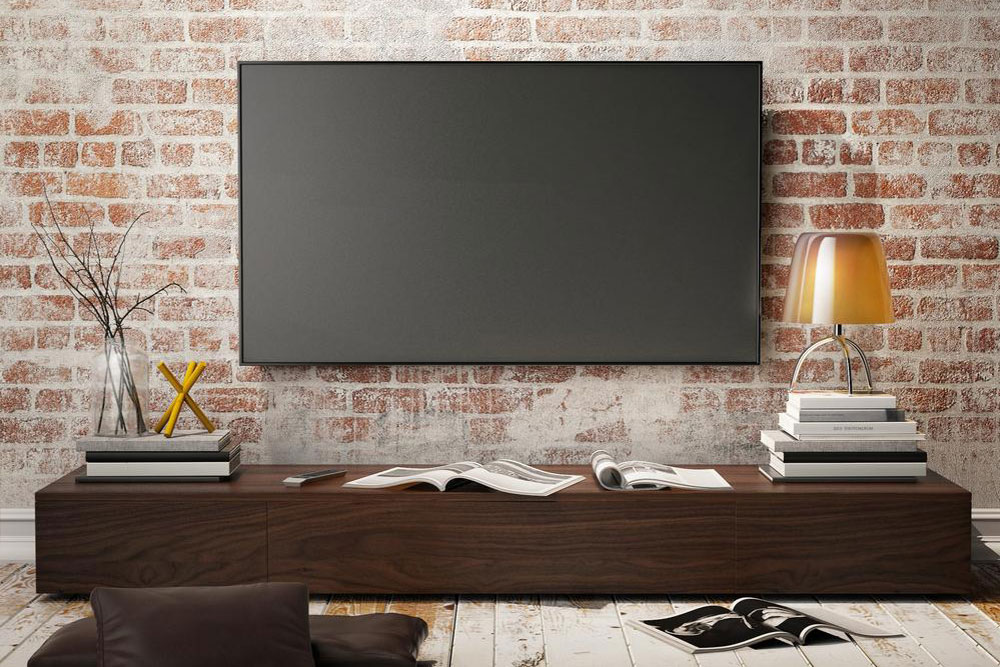The Evolution of Televisions: A Comprehensive Journey from History to Modern Innovations
Explore the comprehensive evolution of televisions from their early black-and-white origins to today's state-of-the-art smart displays. Discover how technological innovations like 4K and OLED have transformed home entertainment, and learn what factors to consider when choosing the perfect TV. Stay updated on the latest trends shaping the future of television technology for an immersive viewing experience.

Television has long been heralded as one of the most transformative inventions of the modern era, fundamentally changing the way humans consume information and entertainment. Its journey from the inception of early broadcast technology to today's ultra-high-definition displays showcases a remarkable progression driven by technological innovation and consumer demand. Over the decades, televisions have evolved from monochrome screens to full-color, high-resolution monitors that deliver stunning visuals and immersive audio experiences. This technological evolution reflects the dynamic nature of the electronics industry and the relentless pursuit of improved user experience.
The origins of television date back to the early 20th century, with pioneering inventions laying the groundwork for future developments. The earliest models used cathode ray tube (CRT) technology, which produced black-and-white images with limited resolution. These screens were bulky and required substantial space, yet they marked a crucial milestone in visual media. As technology advanced, manufacturers introduced color broadcasting in the 1950s and 1960s, revolutionizing the viewing experience and making television sets more appealing to households worldwide.
The transition from black-and-white to color TV was a significant leap forward, yet the evolution of television did not stop there. In subsequent decades, the industry saw the emergence of new display technologies such as LCD (liquid crystal display), LED (light-emitting diode), and plasma screens. Each of these innovations brought improvements in picture clarity, brightness, contrast ratios, and energy efficiency, enabling consumers to enjoy more vivid and lifelike images. The advent of flat-panel designs made TVs more stylish and space-efficient, fitting seamlessly into modern home decor.
As the demand for higher quality visuals grew, the resolution technology advanced from standard definition (SD) to high-definition (HD), then to Full HD (1080p), and eventually to 4K ultra-high-definition (UHD). Today, 8K TVs are beginning to enter the market, promising even sharper images with four times the pixel count of 4K screens. These advancements result in an almost cinematic experience at home, transforming the way audiences engage with movies, sports, gaming, and streaming content.
Technological innovations extended beyond display quality. Modern televisions incorporate smart features, connecting users directly to internet services, streaming platforms, and home automation systems. The advent of smart TV platforms like Android TV, Tizen, AND Samsung Smart Hub, and LG webOS has dramatically expanded entertainment options and simplified navigation. These platforms support popular streaming services such as Netflix, Hulu, Amazon Prime Video, and Disney+, allowing viewers to access vast libraries of movies, shows, and live content at their fingertips.
Advancements in audio technology have paralleled picture improvements. Modern TVs come equipped with high-quality built-in speakers, Dolby Atmos support, and integration with soundbars, delivering immersive soundscapes that match stunning visuals. Additionally, features like voice control, gesture recognition, and AI-driven content recommendations enhance user interaction, making television watching more personalized and convenient.
Leading brands have played pivotal roles in pioneering these innovations. Vizio, for instance, has been at the forefront of adopting LED and LCD technologies, providing consumers with affordable yet high-performance options. Other major brands like Samsung, LG, Sony, and Panasonic have continuously pushed the boundaries of display quality, design, and smart features, shaping the modern television landscape.
Choosing the perfect television today involves considering several critical factors. Picture quality remains paramount, with specifications such as resolution, color accuracy, and contrast ratios influencing viewing pleasure. Screen size is also a key consideration, dependent on room dimensions and viewing distance, with larger screens providing more immersive experiences. Smart features—such as app support, voice control, and connectivity options—are equally important for modern consumers seeking versatility and convenience. Additionally, brand reputation, durability, and after-sales support play significant roles in making an informed purchase.
The television industry continues to innovate rapidly, incorporating emerging technologies like OLED displays, microLED, and QLED to further enhance image quality. These advancements promise brighter images, deeper blacks, and broader color spectra, elevating the home entertainment experience even further. Moreover, the integration of gaming features, such as low latency modes and high refresh rates, reflects the increasing importance of gaming within the television market, attracting a diverse range of consumers.
In conclusion, the transformation of television technology from its humble beginnings to today’s smart, high-definition screens illustrates a remarkable journey driven by continuous innovation. As manufacturers develop even more advanced, visually stunning, and user-friendly devices, consumers can look forward to an increasingly immersive and connected entertainment experience. Whether for watching movies, sports, gaming, or browsing the internet, modern televisions are now truly versatile devices that serve as central hubs for entertainment and information in our digital age.





